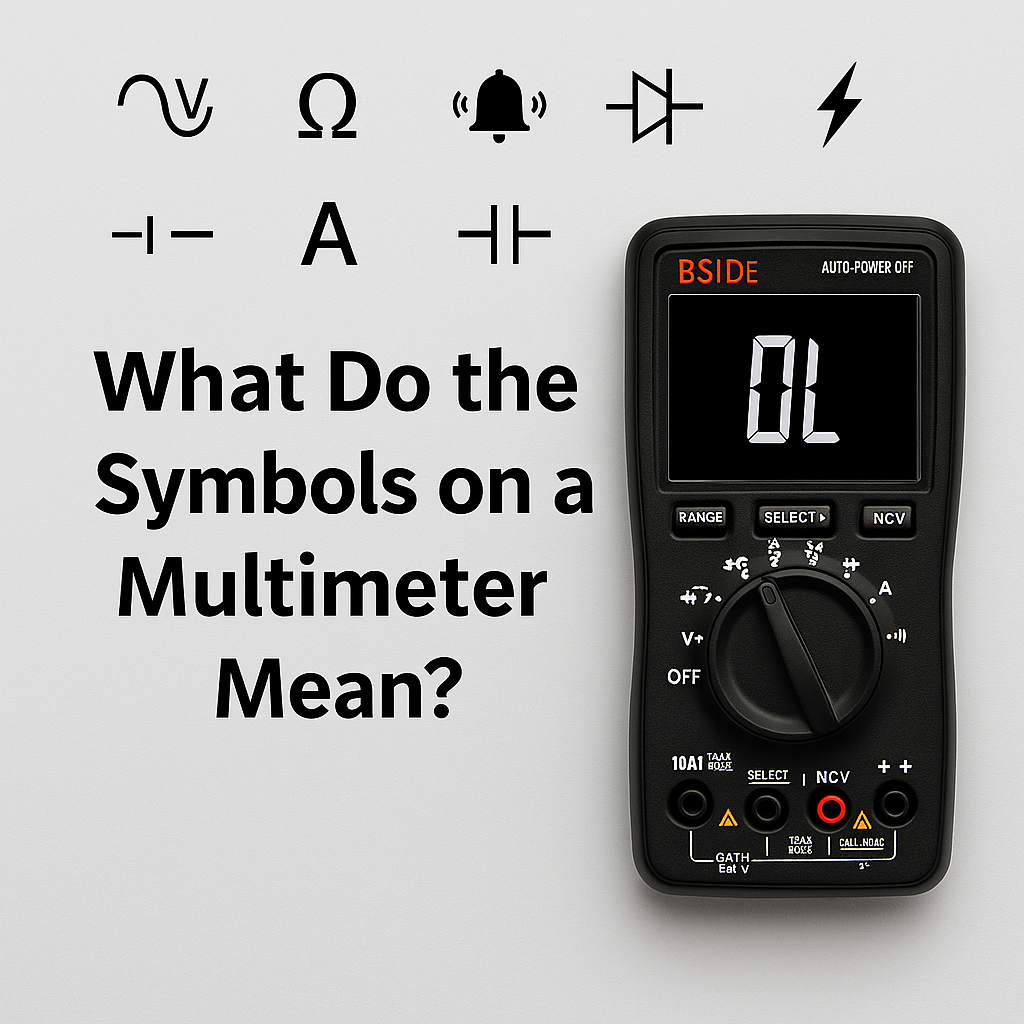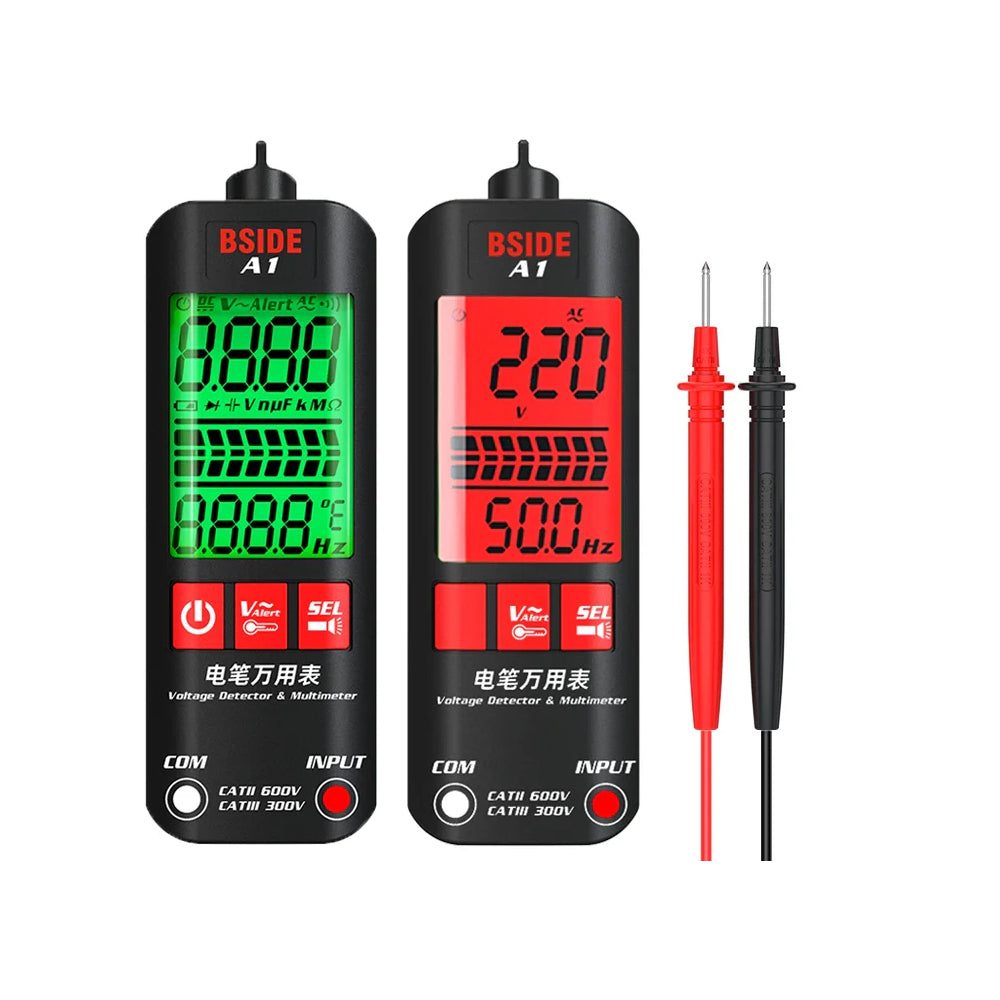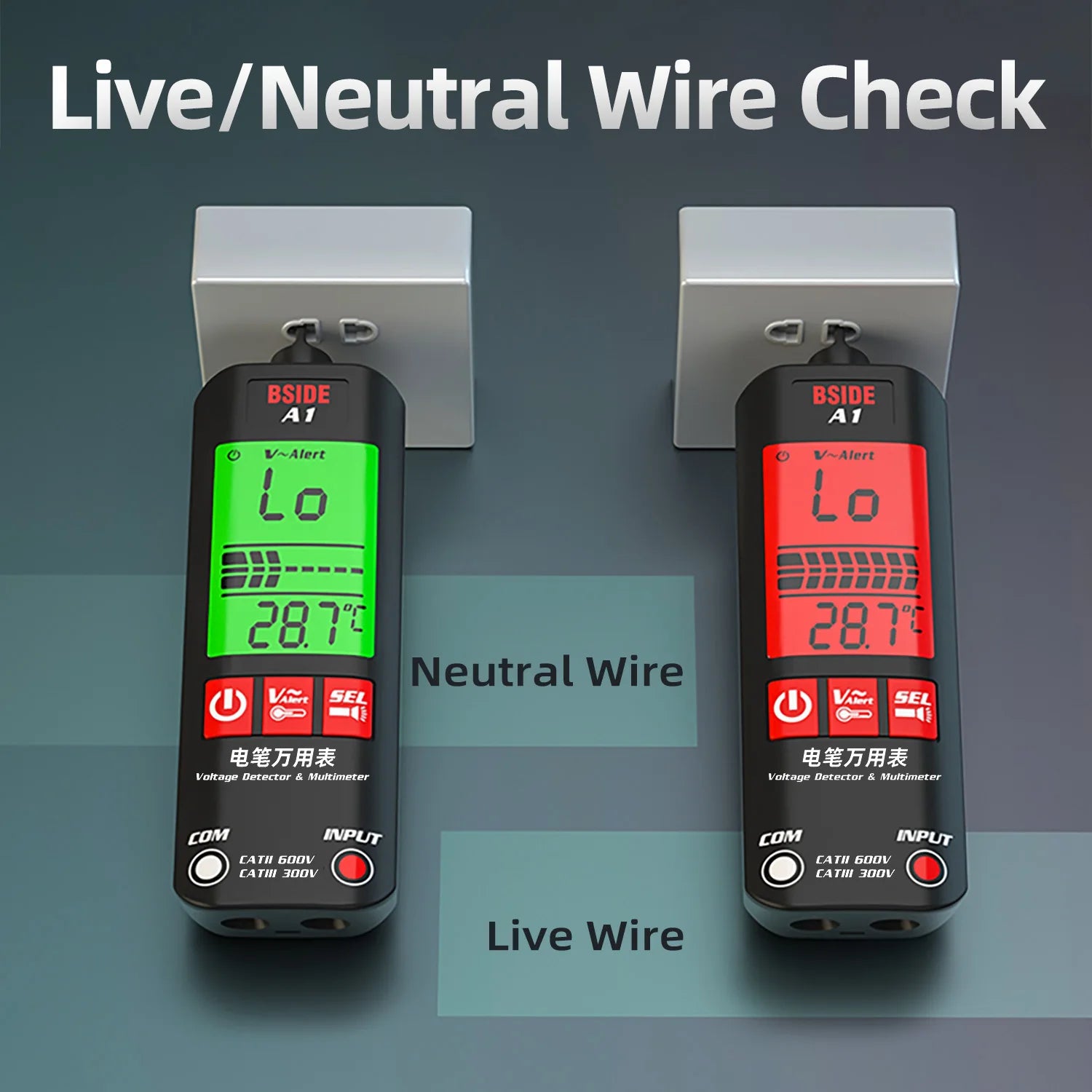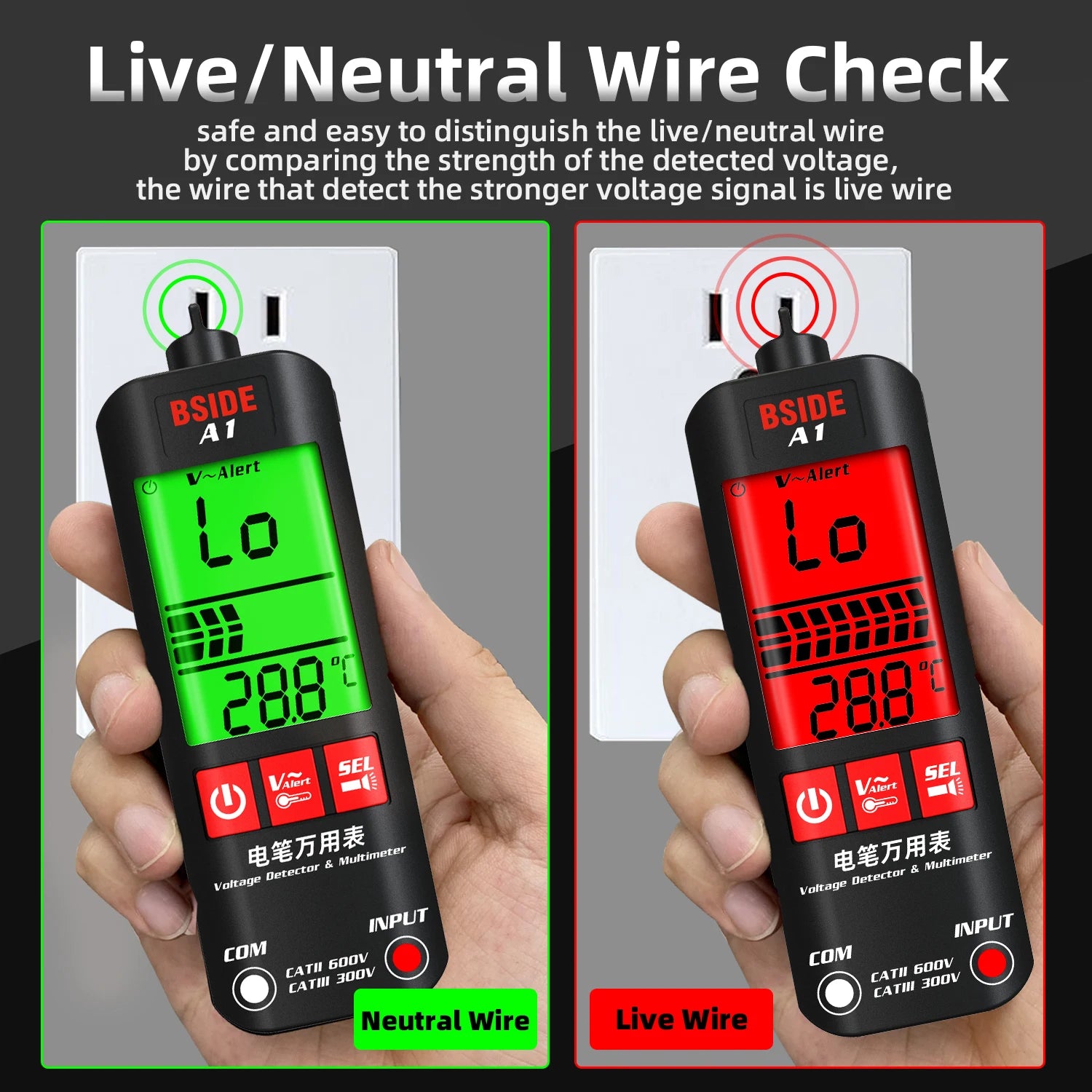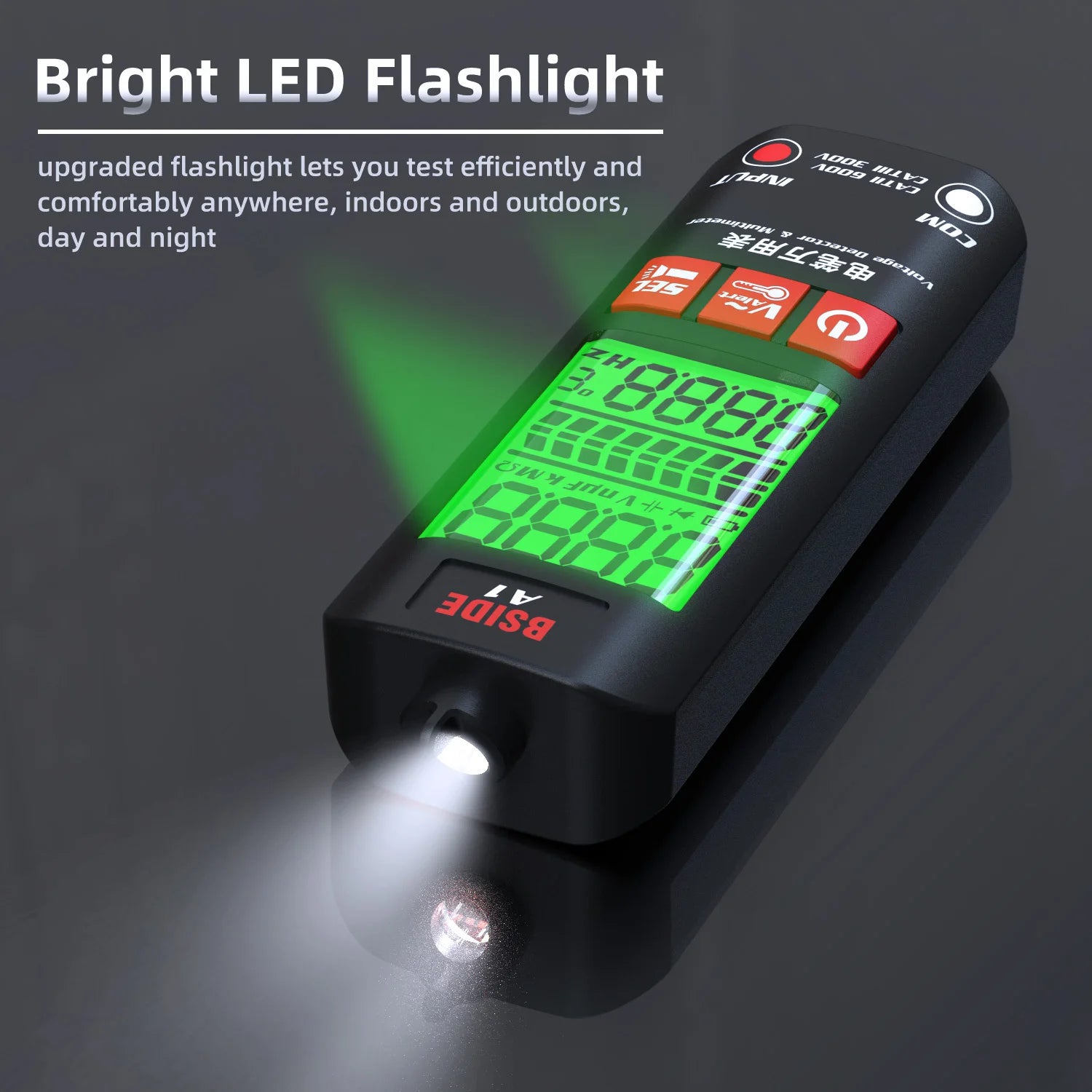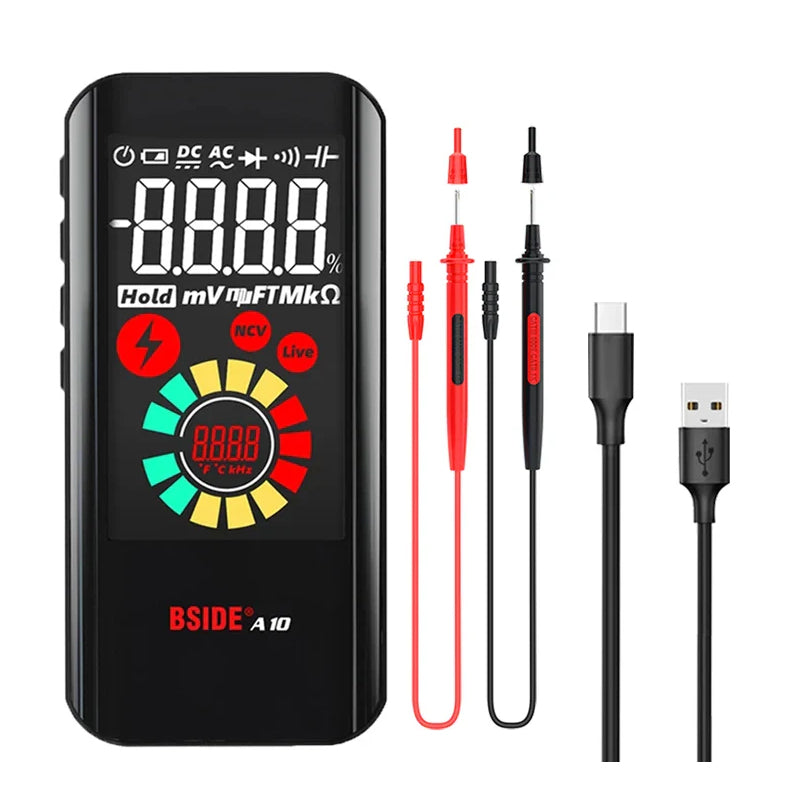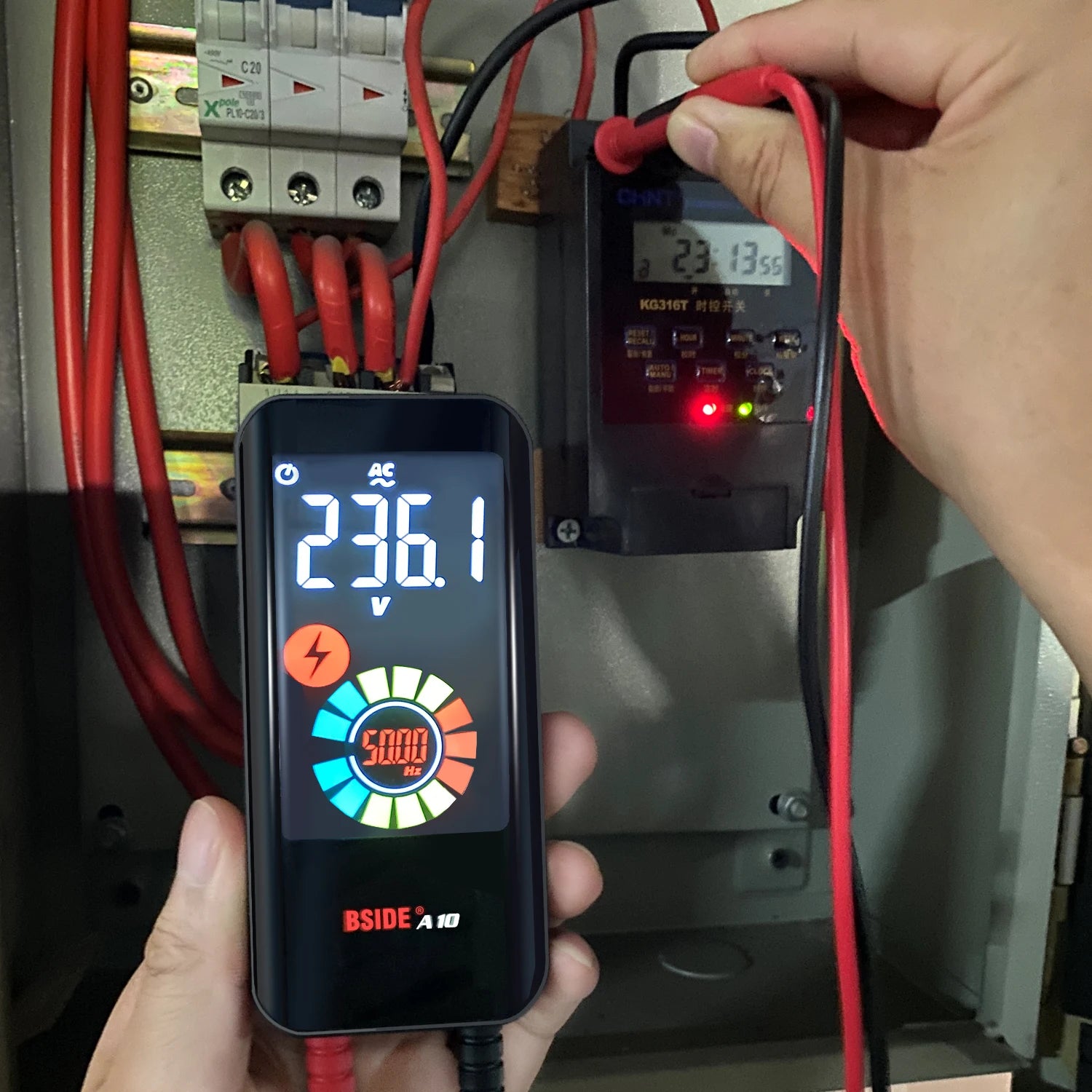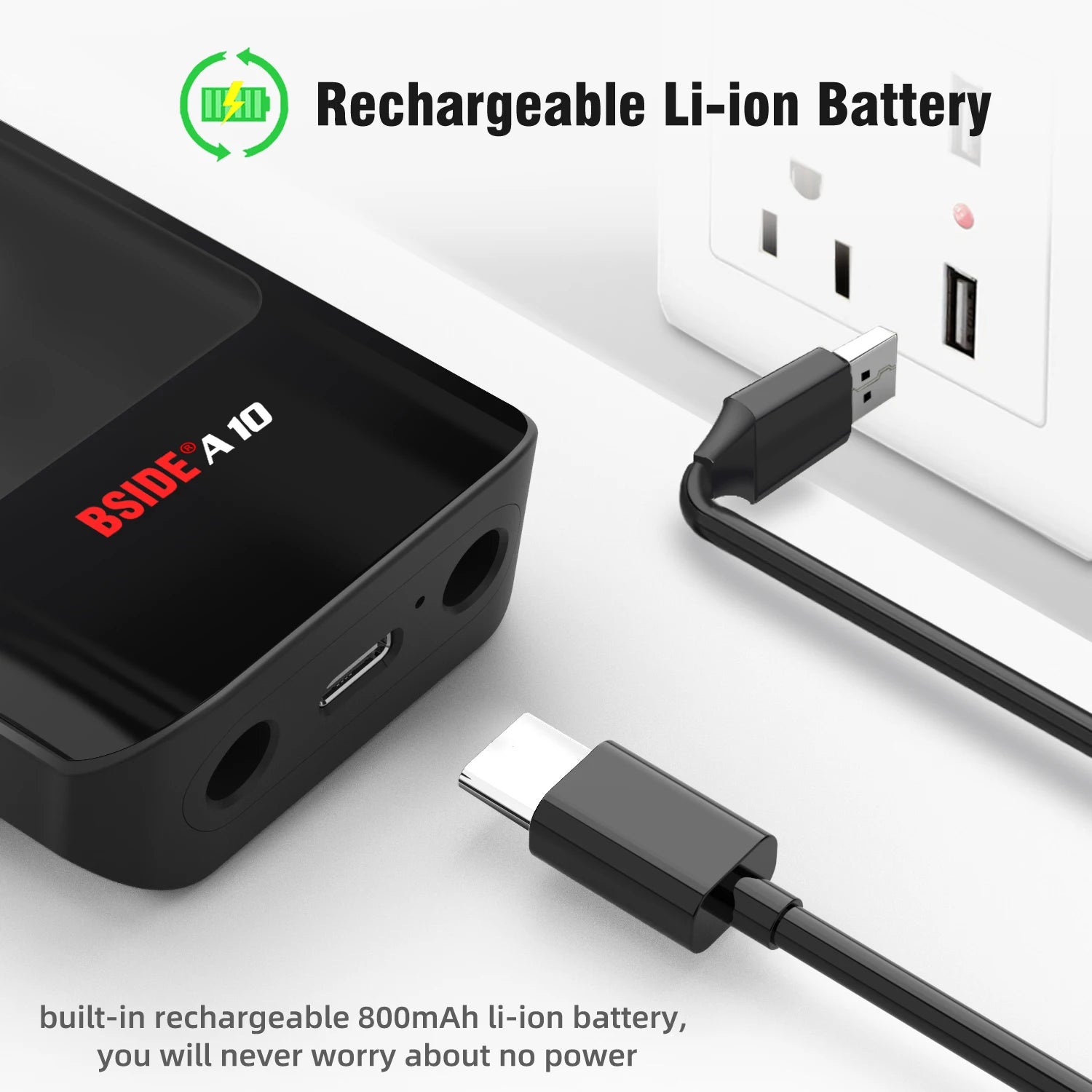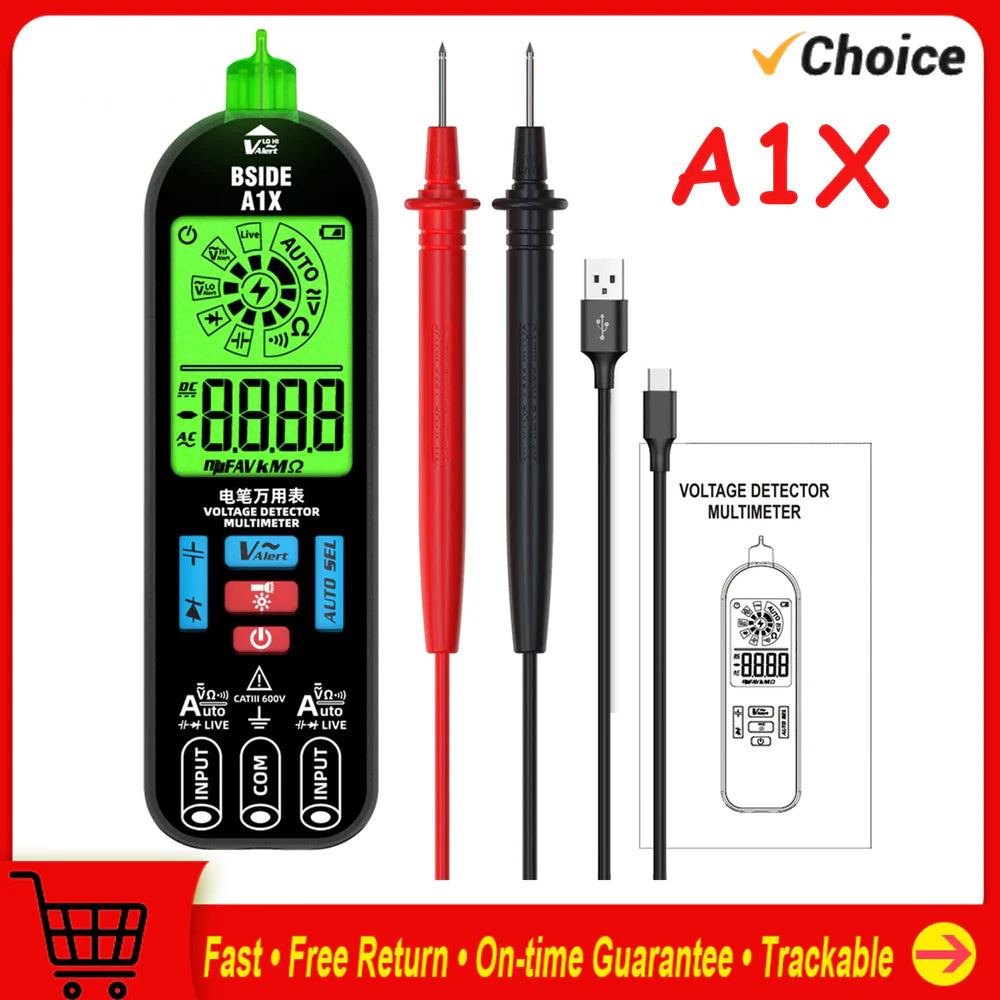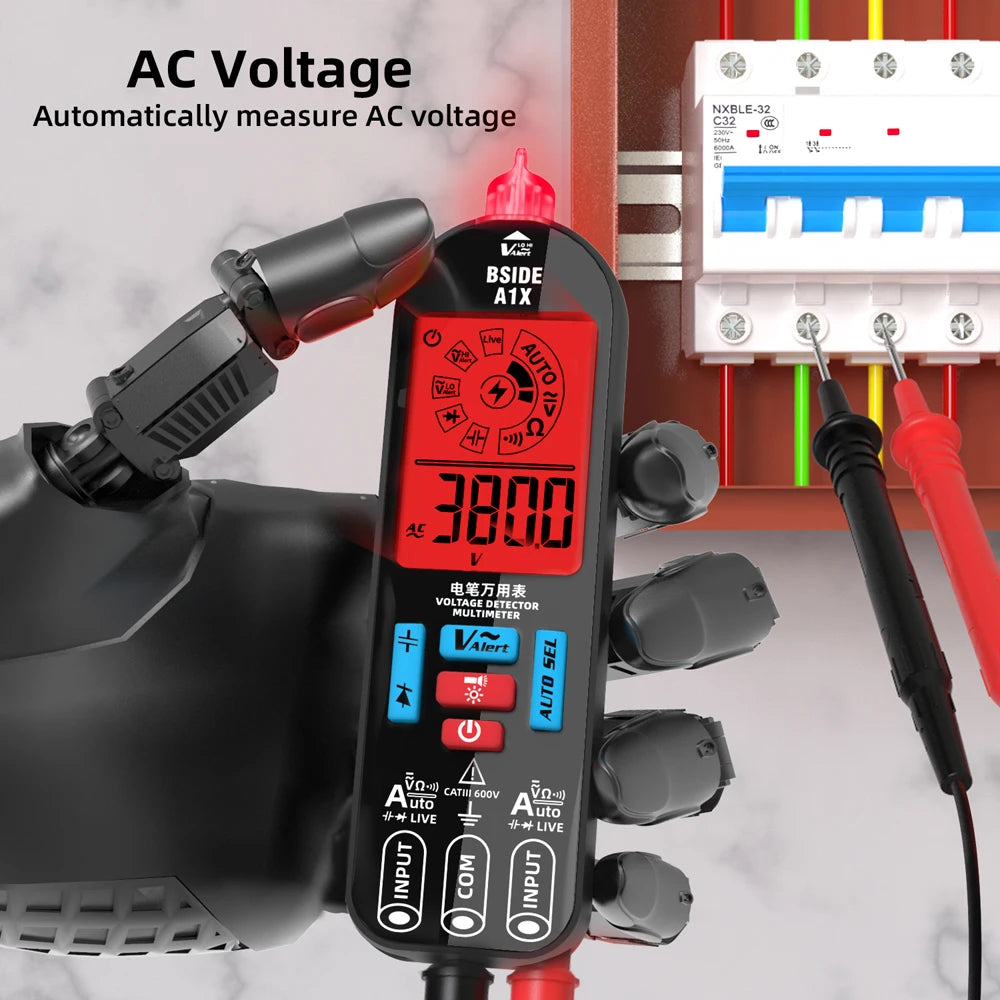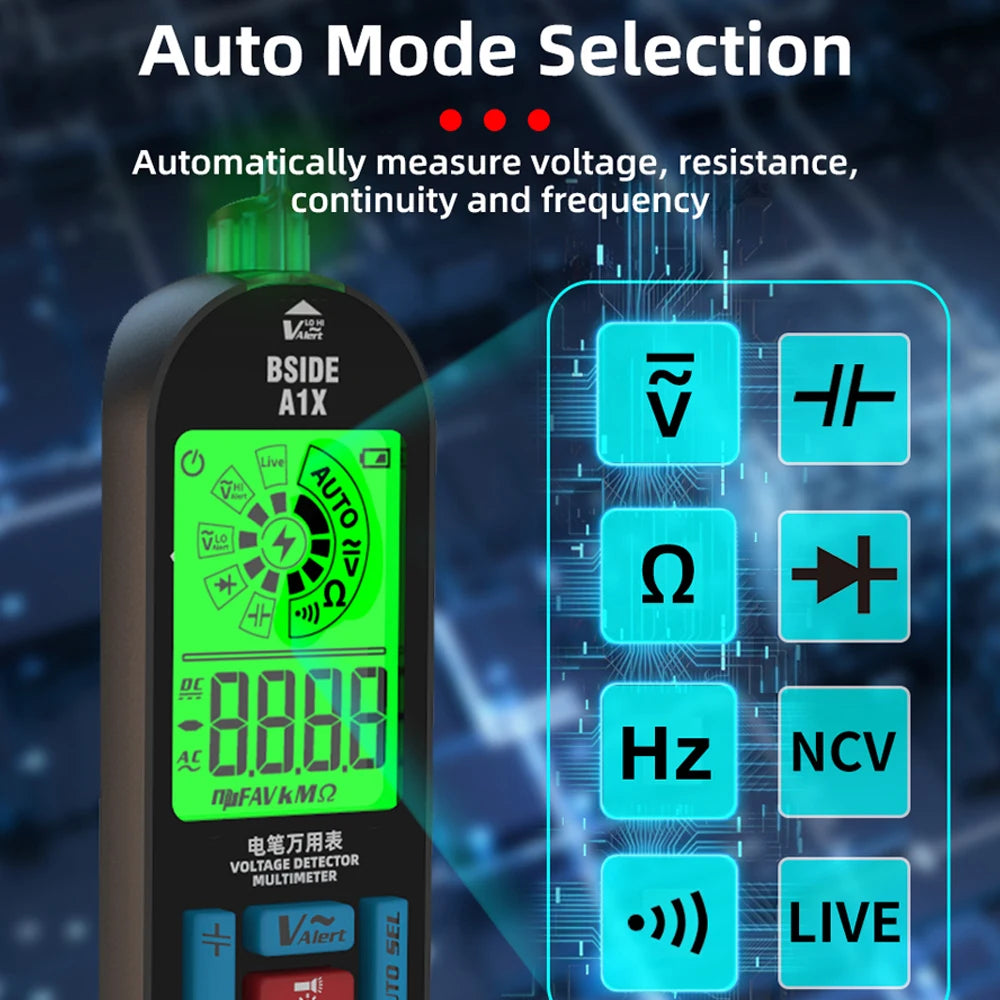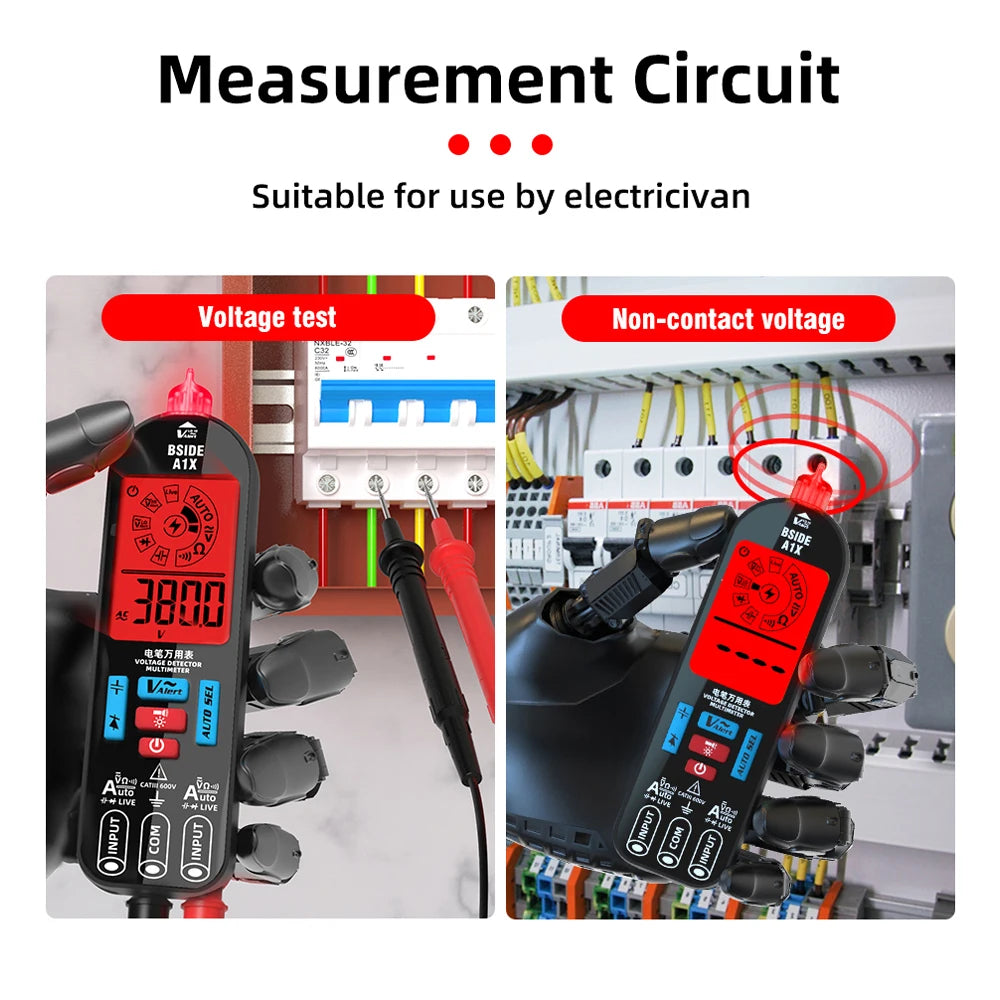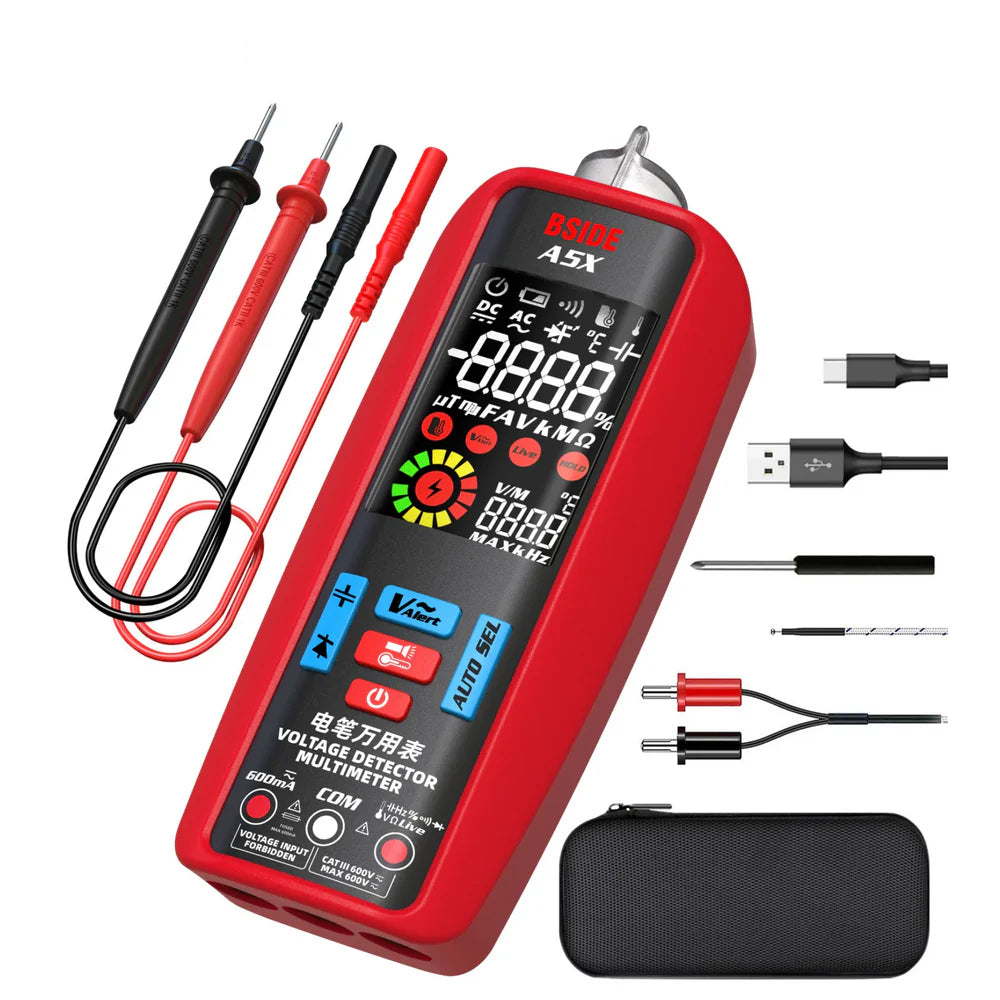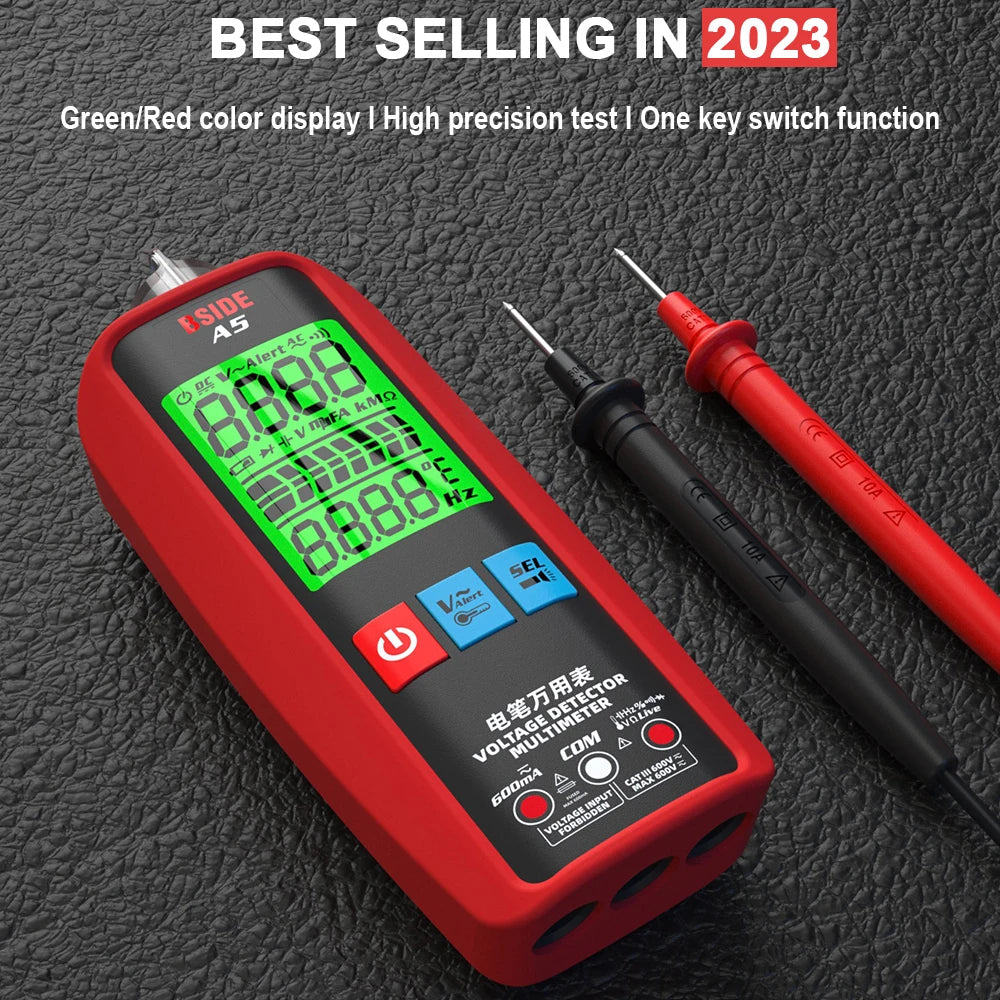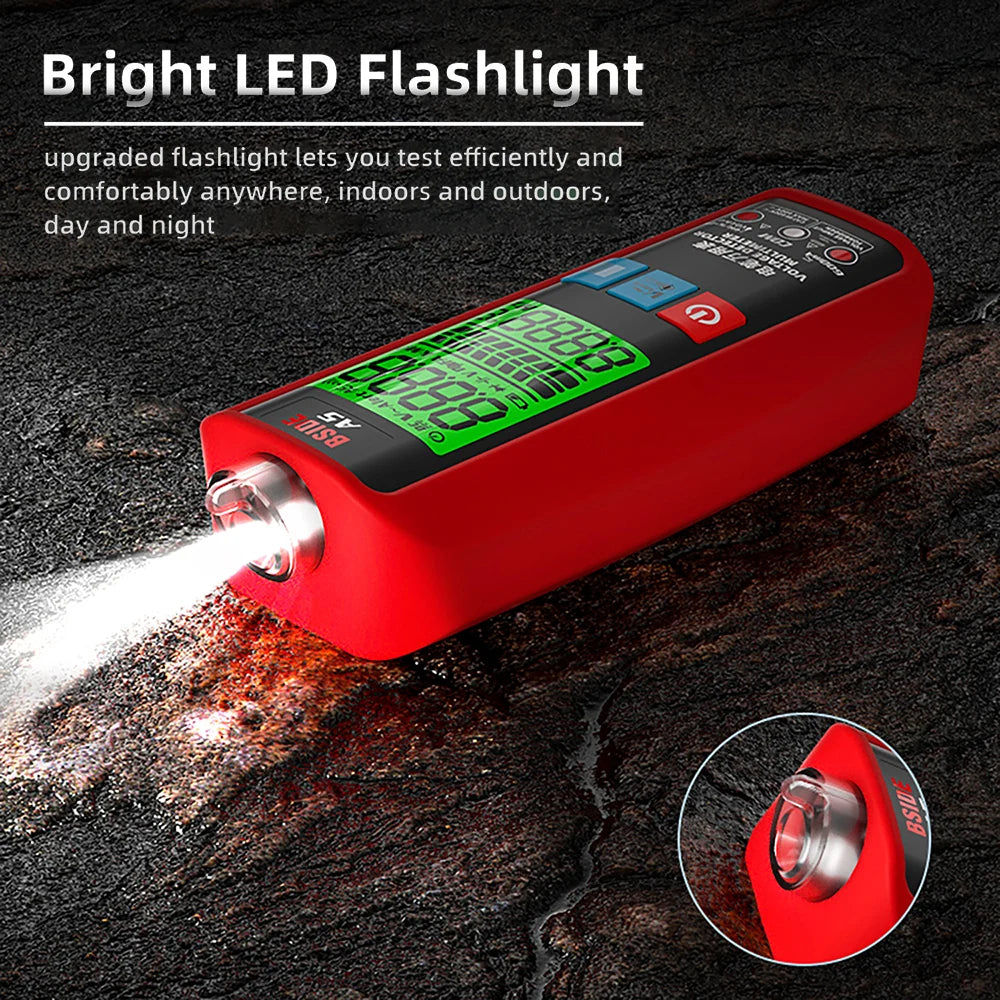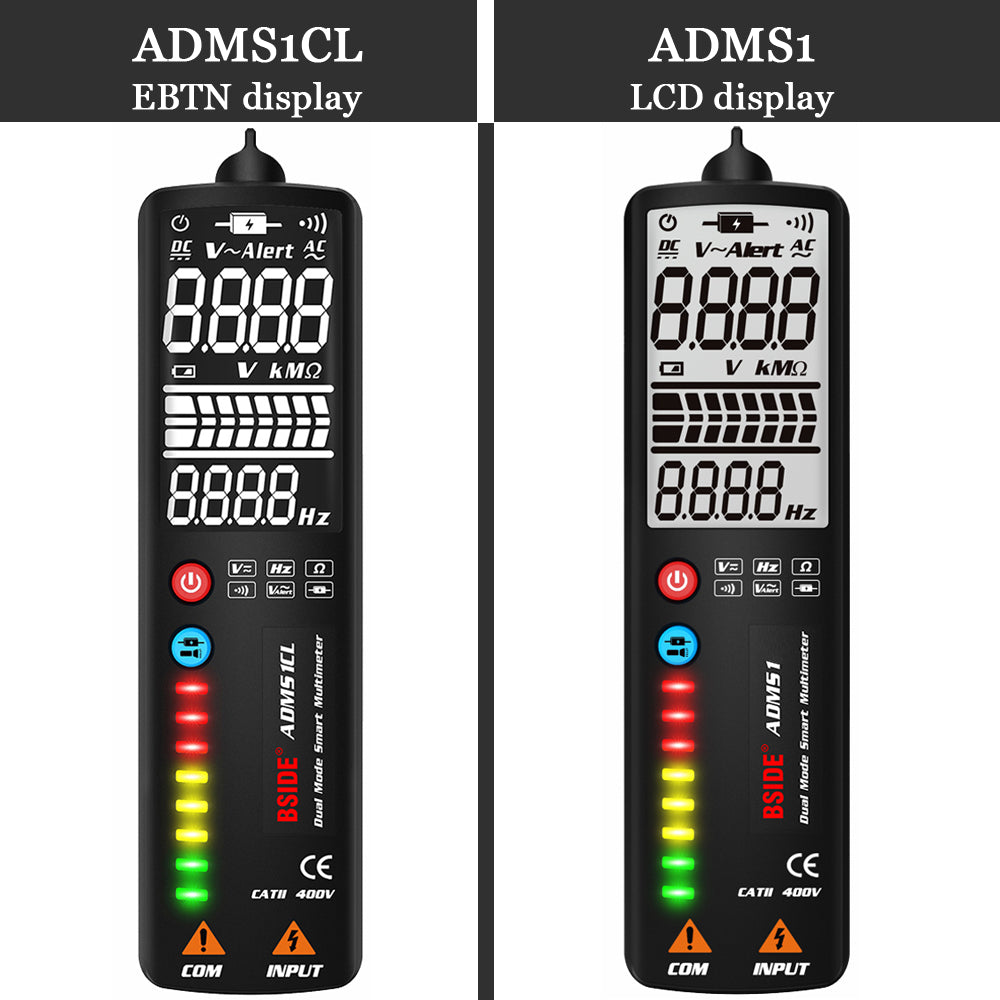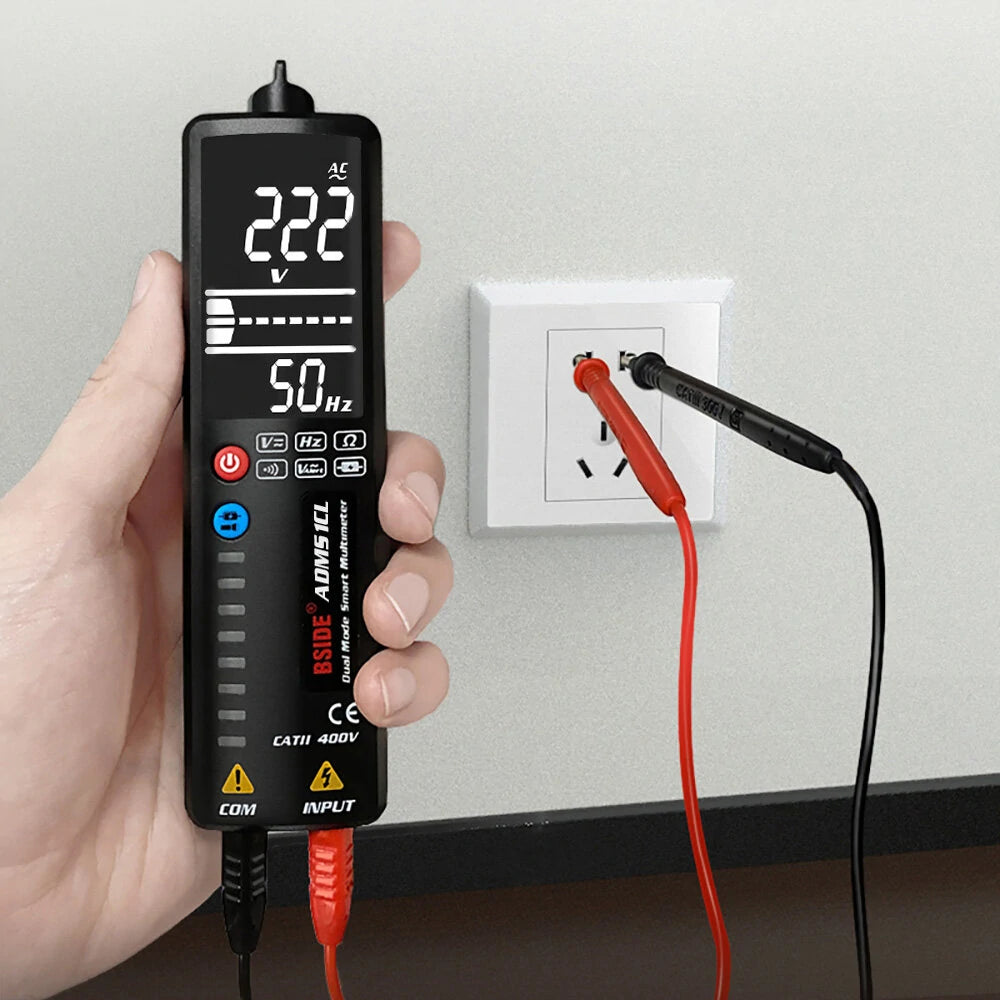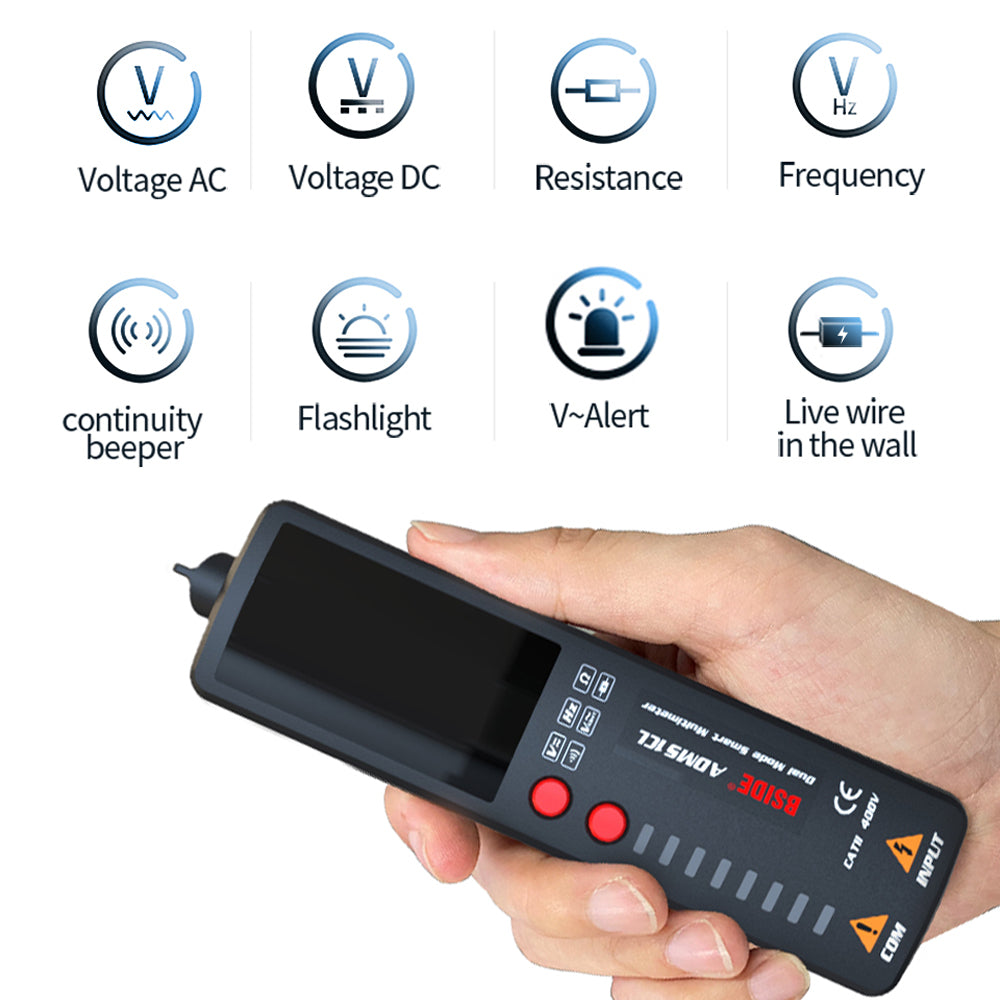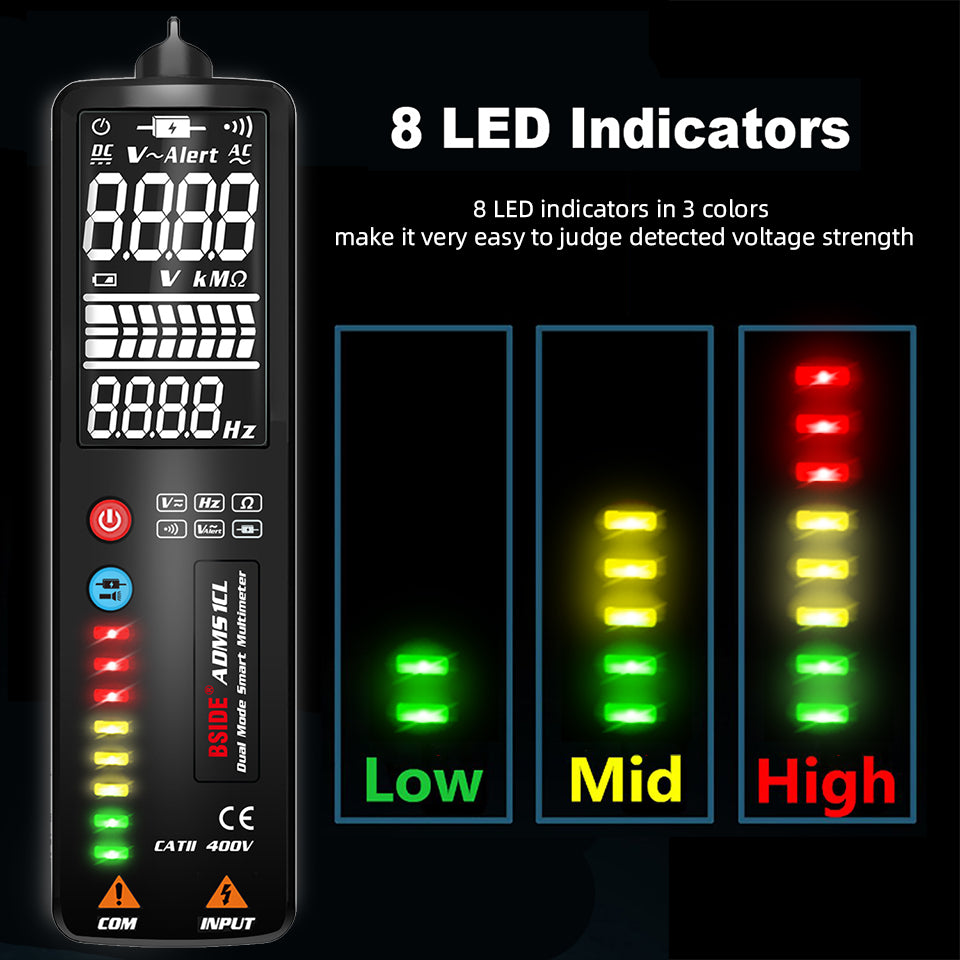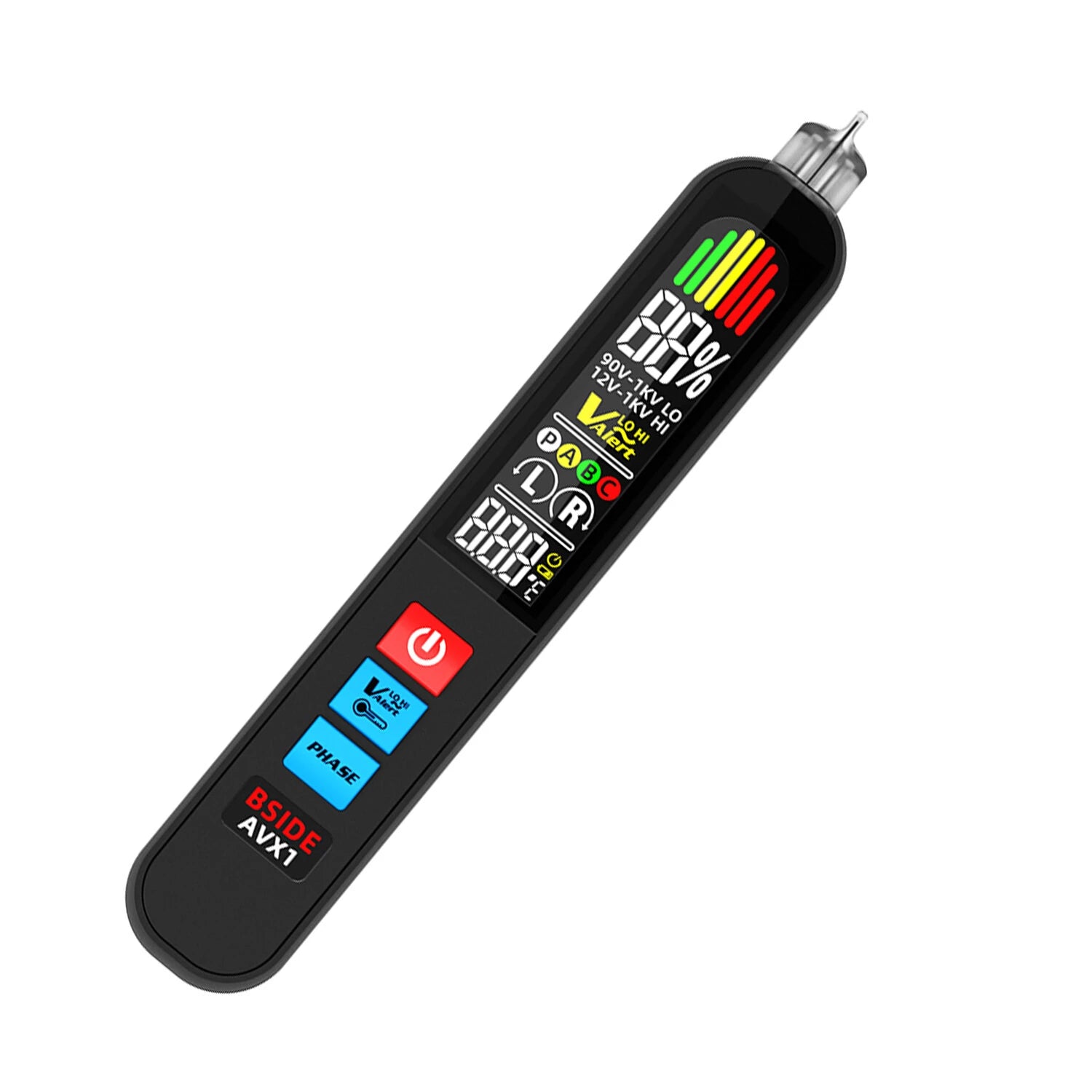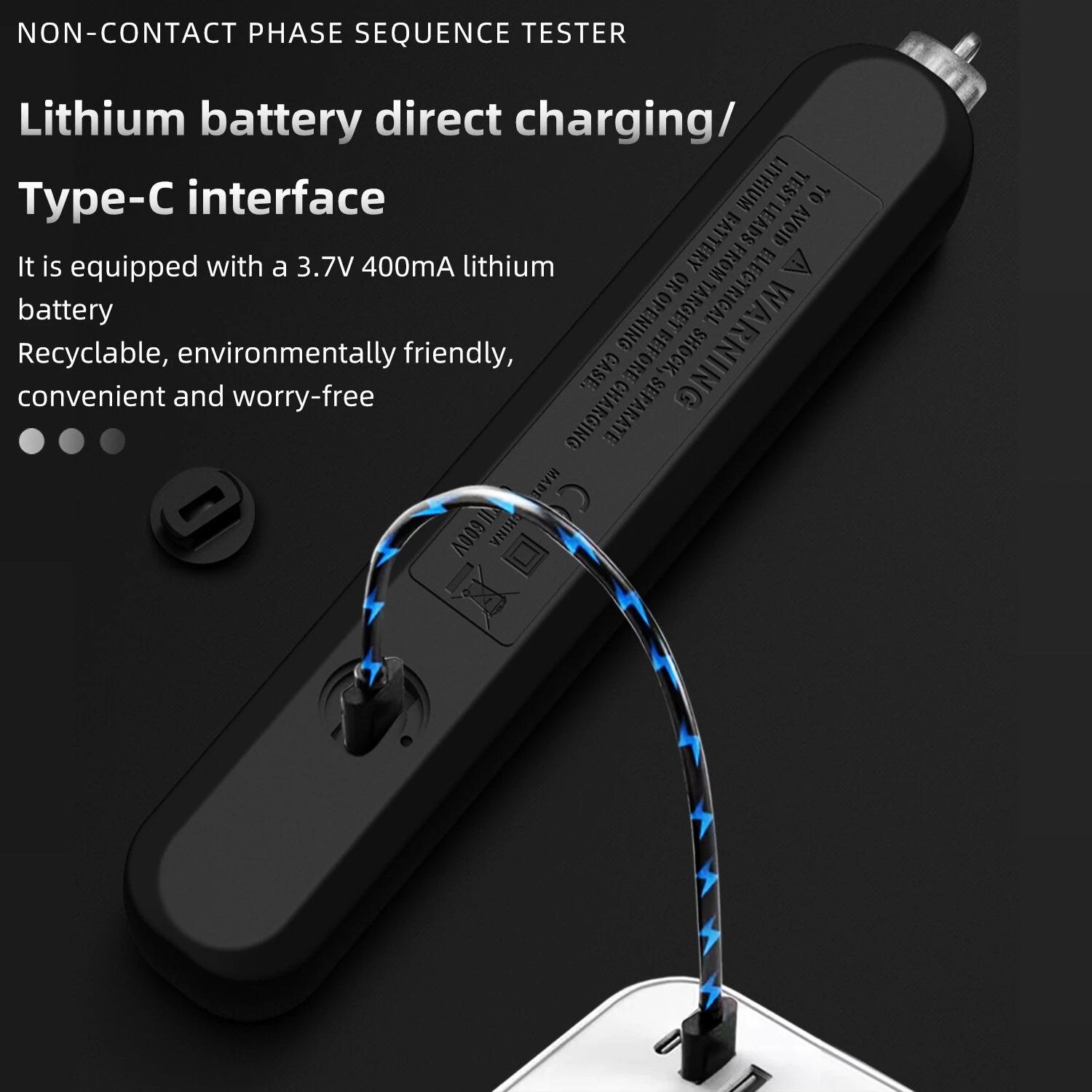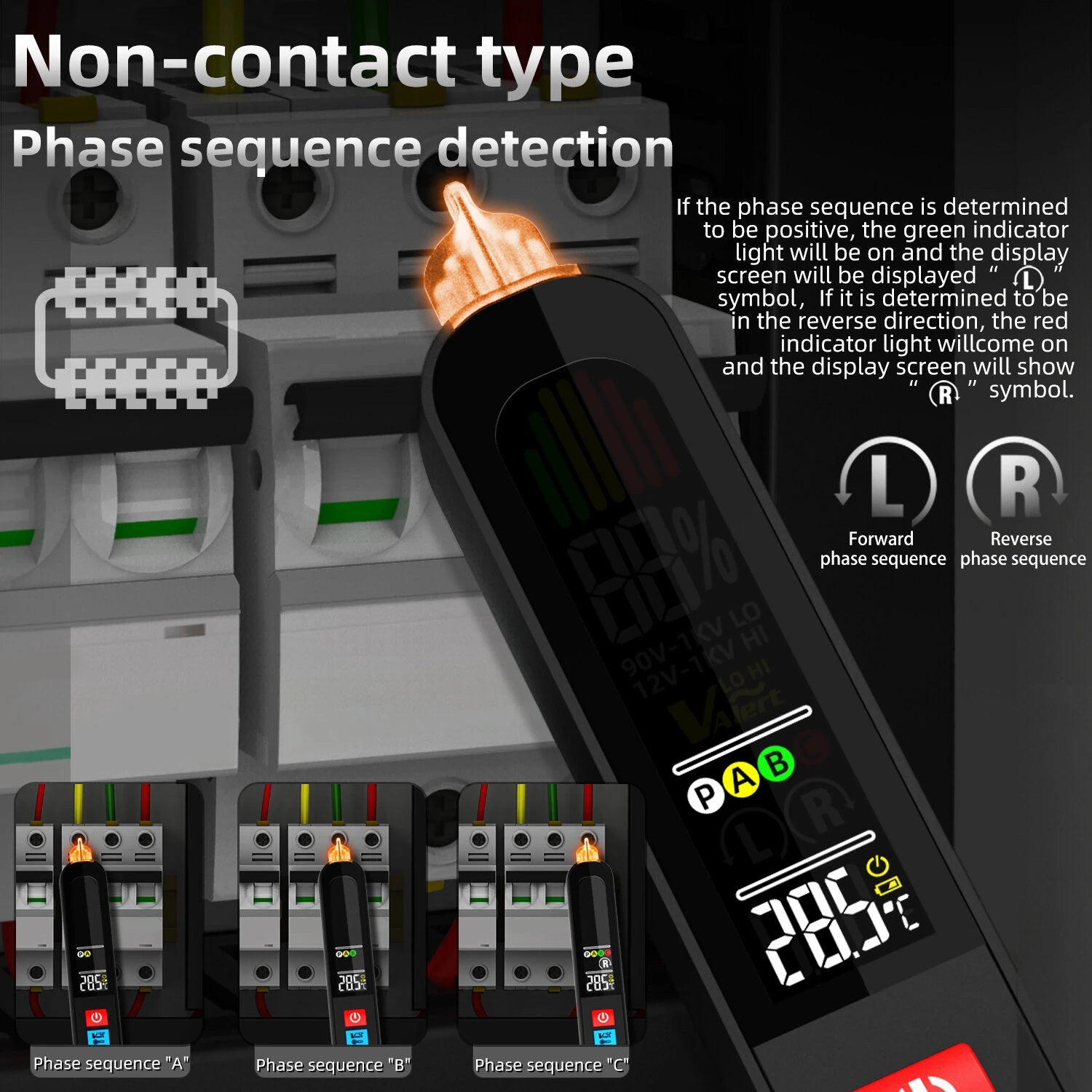If you’ve just picked up a multimeter—whether it’s for home electronics, automotive testing, or DIY repair—you may be puzzled by the wide array of symbols scattered across the dial and display. Knowing what these multimeter symbols mean is key to safe and accurate measurement.
In this guide, we’ll break down the most common multimeter symbols, using real examples from BSIDE digital multimeters, such as the BSIDE ZT-X True RMS Multimeter and BSIDE S11 Smart Multimeter.
1. DC Voltage (⎓ or V⎓)
Symbol: A solid line over a dashed line or simply “V” with a straight line and dots beneath.
Use: Measures direct current (DC) voltage from batteries, power supplies, and solar panels.
Example: Use the BSIDE ZT100 Digital Multimeter to test the voltage of AA batteries.
2. AC Voltage (~ or V~)
Symbol: A sine wave or “V” with a tilde (~).
Use: Measures alternating current (AC) voltage, such as household outlets.
Example: Use the BSIDE ZT-M1 to check wall socket voltages safely and accurately.
3. Resistance (Ω)
Symbol: The Greek letter Omega (Ω).
Use: Measures resistance in ohms, ideal for checking resistors or continuity in wires.
Example: The BSIDE S30X Multimeter provides fast and reliable resistance testing for home wiring projects.
4. Continuity (🔔 or Diode Symbol)
Symbol: Diode icon or sound wave/buzzer.
Use: Emits a sound when a complete circuit is detected.
Example: The BSIDE A10 True RMS Multimeter makes wiring checks simple with its loud buzzer mode.
5. Current (A, mA, µA)
Symbol: “A” for Amps, “mA” for milliamps, “µA” for microamps. Often paired with DC or AC indicators.
Use: Measures the flow of current. Be cautious—measuring current incorrectly can damage the meter.
Example: The BSIDE U6 Clamp Meter makes measuring current easy without needing to break the circuit.
6. Diode Test (→|—)
Symbol: Arrow pointing at a line (→|—).
Use: Tests diodes and checks forward voltage drop.
Example: Use the BSIDE ESR02Pro Transistor Tester for advanced component diagnostics, including diodes and capacitors.
7. Capacitance (—|(|—)
Symbol: A line with a small curve, like two plates of a capacitor.
Use: Measures capacitance in microfarads (µF), essential for checking capacitors in circuits.
Example: The BSIDE ZT100 has dedicated capacitance testing for electronic repair jobs.
8. NCV (Non-Contact Voltage)
Symbol: Usually a lightning bolt or wave icon.
Use: Detects live wires without direct contact.
Example: Many BSIDE testers like the BSIDE AVD06 Voltage Tester Pen offer quick NCV checks for live wires.
Final Tips
-
Always refer to your multimeter’s manual for specifics.
-
Not all symbols are labeled clearly, especially on compact models.
-
Use the BSIDE Smart Multimeter Series for intuitive auto-ranging and symbol-based interface—perfect for beginners and professionals alike.
Explore BSIDE’s Range of Multimeters
At BSIDEMeter.com, we offer a wide selection of multimeters designed for clarity, safety, and precision. Whether you need a beginner-friendly model like the BSIDE S5 or an advanced unit like the ZT-5B with Bluetooth, there’s a perfect tool for your needs.

